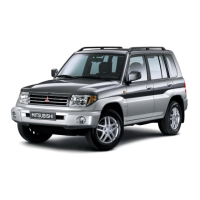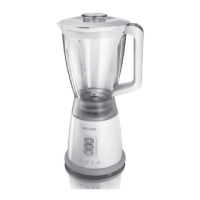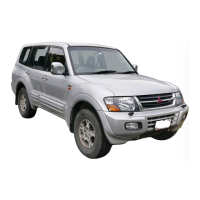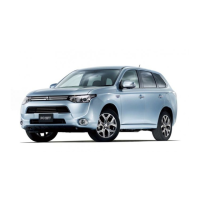Chapter 1
Tune-up and routine maintenance 1-23
21.2
Transfer case plug locations
22.2b On 4WD models, also check the front differential lubricant
level - remove the check/fill plug (arrow)
21 Transfer case lubricant level check (4WD models)
Refer to illustration 21.2
1 If necessary, remove the transfer case rock guard (if equipped). The
lubricant level is checked by removing a filler plug from the side of the
case. If the vehicle is raised to gain access to the plug, be sure to support it
safely on jackstands - DO NOT crawl under the vehicle when its sup-
ported only by a jack!
2 With the engine and transfercasecold, remove the plug
(see illustra-
tion).
If lubricant immediately starts leaking out, thread the plug back into
the case-the level is correct. If it doesn’t, completely remove the plug and
reach inside the hole with your little finger. The level should be even with
the bottom of the plug hole.
3 If more lubricant is needed, use a syringe or small pump to add it
through the opening.
4 Thread the plug back into the case and tighten it securely. Drive the
vehicle, then check for leaks around the plug. Install the rock guard.
22 Differential lubricant level check
Refer to illustrations 22.2a and 22.26
1 The differential has ache&fill plug which must be removed to check the
lubricant level. If the vehicle is raised to gain access to the plug, be sure to
supportitsafelyonj~ckstands-DONOTcrawlunderthevehiclewhenit’s
supported only by a jack.
2 Remove the checWfill plug from the differential
(see illustrations).
3 The lubricant level should be at the bottom of the plug opening. If not, use
asyringe to add the recommended lubricant until it just starts to run out of
the opening.
4 Install the plug and tighten it securely.
22.2a Rear differential check/fill plug location (arrow) - use a
box-end wrench to remove and install the plug to avoid rounding
off thehex
23.6 You’ll find an inspection hole like this in each front caliper
-: placing a steel rule across the hole should enable you to
determine the thickness of the remaining lining material for both
inner and outer pads-the lining can also be inspected by looking
through each end of the caliper
23 Brake check
0
Refer to illustrations 23.6, 23.13 and23.15
Note:
For detailed photographs of the brake system, refer to Chapter 9.
Warning:
Brake system dust may contain asbestos, which is hazardous
to your health. DO NOT blow it out with, compressed air and DO NOT in-
hale it. DO NOT use gasoline or solvents to remove the dust. Use brake
system cleaner or denatured alcohol only!
1 In addition to the specified intervals, the brakes should be inspected
every time the wheels are removed or whenever a defect is suspected.
2 To check the brakes, the vehicle must be raised and supported se-
curely on jackstands.
Disc brakes
3 Disc brakes are used on the front wheels. Extensive rotor damage
can occur if the pads are allowed to wear beyond the specified limit.
4 Raise the vehicle and support it securely on jackstands, then remove
the wheels (see Jacking and Towing at the front of the manual if neces-
sary).
5 The disc brake calipers, which contain the pads, are visible with the
wheels removed. There’s an outer pad and an inner pad in each caliper. All
pads should be inspected.
6 Each caliper has an opening, which allows you to inspect the pads
(see illustration). If the pad material has worn below the limit listed in this
Chapter’s Specifications, the pads should be replaced.

